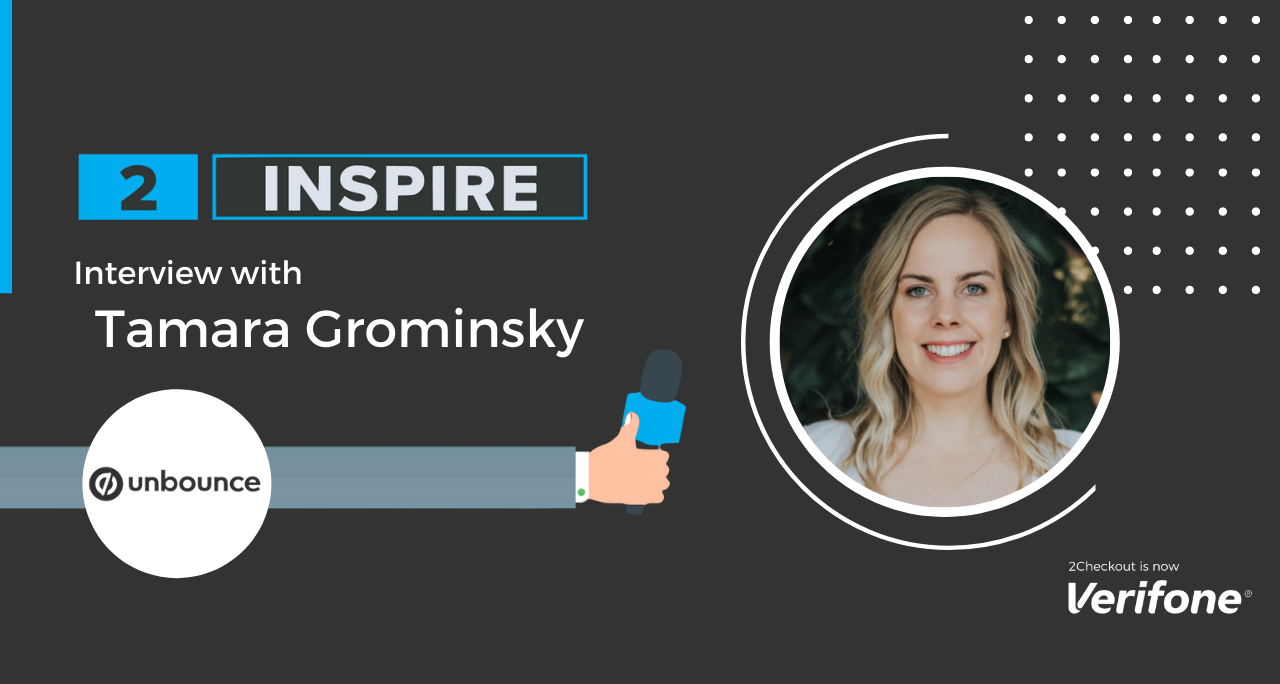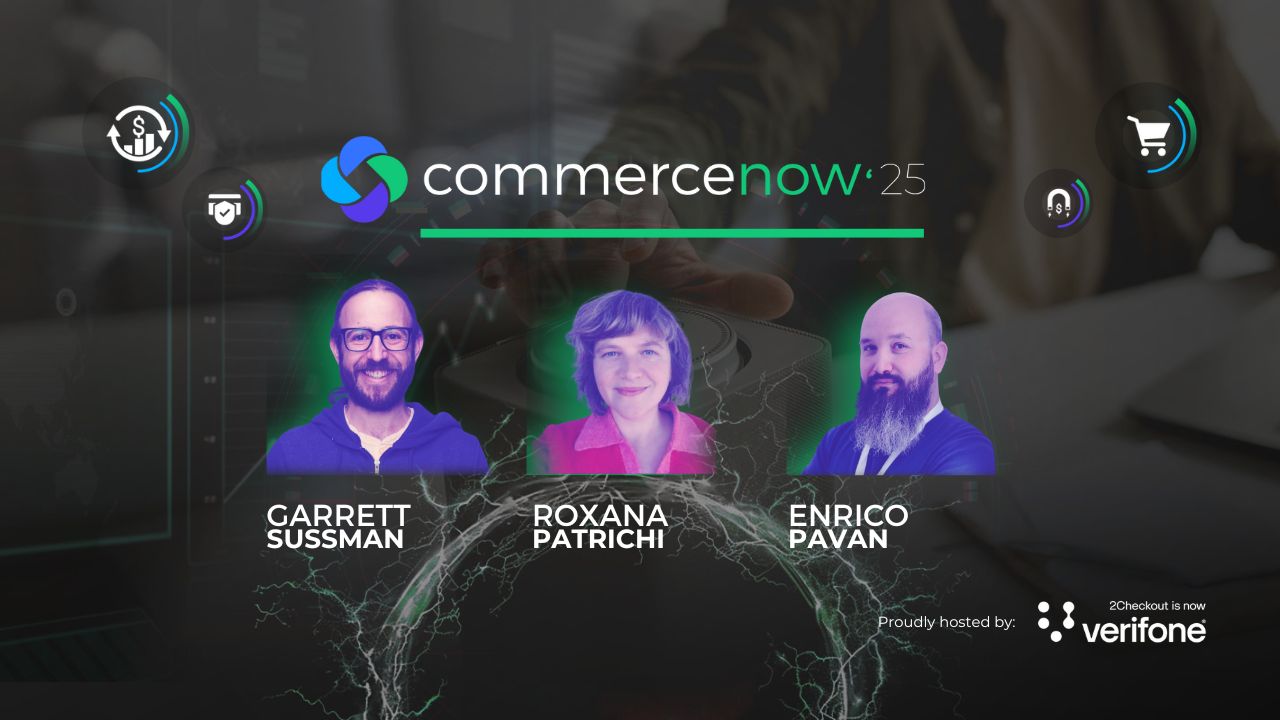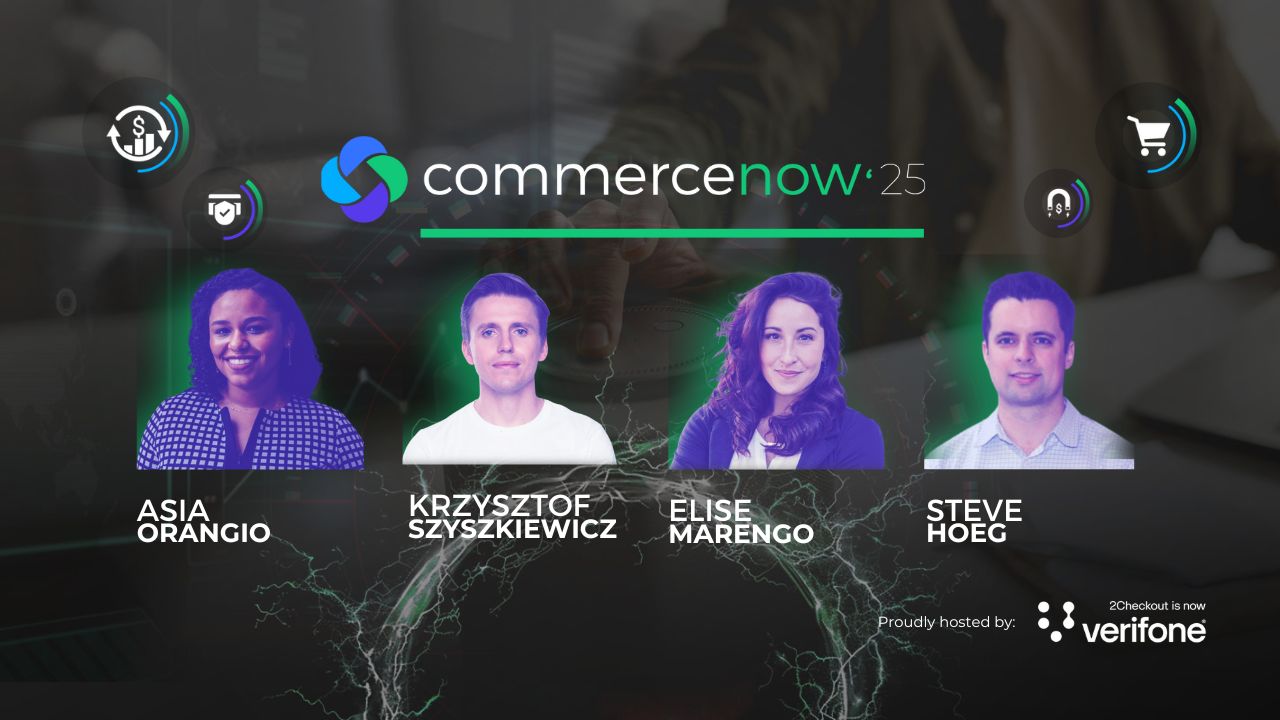We are back with another episode of our 2Inspire Interview Series, where we feature entrepreneurs, managers, experts, and creatives from the eCommerce landscape who are eager to share their insights, stories, and know-how to help you scale your online business.
For this episode, we had the pleasure to have an engaging talk with Tamara Grominsky, Chief Strategy Officer at Unbounce. Tamara helps companies unlock their growth potential by identifying their winning segments, pricing model, and product strategy. She has built actionable frameworks that have allowed her to drive significant impact at some of the best-in-class SMB companies, such as Yellow Pages, FreshBooks, and now Unbounce. Tamara also coaches the next generation of product marketers and strategists to embrace a new philosophy to product marketing. On top of that, she is a top-rated speaker at the Product Marketing Summit, Product-Led Summit, and Product Marketing Festival, where she shares her knowledge on driving business growth and building and scaling PMM teams.
This episode is jam-packed with actionable product marketing tips and insights, including the most important steps to follow when developing your customer segmentation strategy, myths regarding product marketing as a business function, as well as the most effective growth levers in B2B SaaS. Make sure to watch the interview to learn all about these and much more!
Check out the full interview below:
Interview Excerpts:
Q1: What was the turning point in your professional journey that got you into product marketing? (00:15)
“I actually started my career in publishing. But while I was doing my Master’s Degree, I fell in love with technology and got a series of different jobs managing online content, and I loved this idea of being able to turn around stories quickly. Then, I just ended up in a role where I needed to help manage a social media product. So, it really appealed to that content creation side. But it was also all about product marketing – bringing that new product to market, growing it, identifying customer segments, learning about monetization. It was a role I didn’t know that I was looking for, but it kind of just stumbled across my path.”
Q2: What is a myth that you’d like to debunk regarding product marketing? (00:58)
“One of my least favorite things people think about product marketing is that it’s a really executional role, and there’s this saying that product managers put products on the shelf, and product marketers get them off the shelf. I completely disagree with that philosophy. Product marketing is a strategic business function, and it’s meant to be there the entire lifecycle of product development. I actually think that product marketing is like the linchpin to all business growth.“
Q3: What are the steps involved in your customer segmentation process? (01:32)
“There are three steps that I call the MAP model. The first one is to measure volume. Here you really want to look at who you have in your customer base, who you have in your past customer base and start to build clusters of customers who have things in common.
The second step is to analyze performance. And here, you want to look at those different clusters of customers and understand which clusters of customers are performing better than or equal to the average type of customer.
And finally, you want to prioritize potential. Once you have an understanding of whom you might want to go after, you want to assess your potential to actually win that market, should you choose to focus on them. Look at things such as the size of the addressable market, or whether that size of the market matches your growth ambition, as well as at the competitive landscape.
And at the end of that MAP model, the output is one to three customer segments that, if you choose to focus on them, you’re actually going to drive up all of the business results for your business because you’ve proven during that second step that they have just as good of, if not better business performance than the average customer.“
Q4: Any tips on how to leverage customer segmentation in building ICPs? (02:41)
“There are tons of ways that you can do it. I think about ICPs, I think about customer segments, I think about personas, and they’re all a little bit interchangeable. So, I would say that your target customer could be an ICP. But the difference here is that we’re taking a qualitative and quantitative approach to that. I always suggest rather than building a typical persona, which I find a bit light and fluffy – you know, usually, they just have a picture, maybe they have some fun facts – I recommend that you build segment profiles, which are more focused on data.
So here, we will pull in some stats about their business performance, and we will also spend time understanding their willingness to pay. We’ll then build a customized positioning right for those customer segments that we know the value that we’re positioning to customers is highly aligned with the value that they’re looking for.“
Q5: Based on your experience, what’s the most effective growth lever in B2B SaaS? (03:43)
“I would say that I’m a huge fan of monetization. If I’m going into a business or a new role, I always start by understanding their monetization strategy and how it’s serving them. I’m also a huge fan of Price Intelligently and ProfitWell. They’ve done a bunch of studies on the impact of each of these three pillars – acquisition, monetization, and retention. And what they’ve proven is that if you’re able to improve monetization by just 1%, it’s actually going to have more than a 12% impact on the bottom line, which is way higher than the impact of improving acquisition or retention.”
Q6: What are some lessons you learned from the pricing overhaul at Unbounce? (04:20)
“First of all, I learned that monetization and pricing are fun. I feel like so many people are intimidated by them, but it’s actually super juicy, and it’s a good blend of execution and strategy work.
But the two big takeaways I got were that you need to blend qualitative and quantitative data to get an effective pricing strategy because surveys and charts aren’t going to tell you so much. You also need to talk to customers to understand the emotional response that they have to a pricing strategy.
The second thing that I learned was that pricing is more than just a price point. A good monetization strategy considers things such as your value metric, your packaging, as well as the price point. And now, when I think about monetization or pricing work, I think about it a lot more holistically and a lot more strategically than perhaps I have in the past.”
Q7: What is an online tool you rely on the most and can further recommend? (05:21)
“I’d say Notion. Over the past, I’ve tried a ton of different note-taking or project management tools. But Notion is the perfect way for me to organize both my professional and personal life, it’s free, and there’s a bunch of different ways that you can use the product. That’s the number one product I recommend right now.“
Q8: Who are some inspirational people you look up to and why? (05:43)
“When I think about the people that really inspire me right now, one person that comes to mind is Kyle Lacy, the CMO at a company called Lessonly. He’s doing some interesting things in marketing and has been open and building out loud; he has a huge LinkedIn presence. He’s always talking about what they’re trying at Lessonly, what they’ve learned, what they’ve failed at. He has just really put a lot of effort into building this online community of other marketers. So, he’s definitely someone I look up to.
Another person I look up to is Wes Bush. He’s also from Canada and built the ProductLed community from the ground up. He wanted to learn a bit more about what it was like to be at a product-led company, did a bunch of research, and realized that he could build a community around it. And he’s just so humble and always willing to share what he’s learned or what he’s working on.”
Q9: What is the best book you’ve read lately? (06:54)
“I’ve just finished reading a book called Play Bigger. It’s not a brand-new book. It’s been out for a few years, but it’s all about category creation, and I’m really into category creation right now. This book is about how to build a category that allows you to define the rules with which your product exists. And so, rather than trying to play someone else’s game or fit within a specific category, how do you create your own and build the conditions that will allow you to win?”
Q10: What is the best advice you’ve ever received? (07:35)
“One of the most important pieces of advice I’ve ever received was that you really need to advocate for yourself. It doesn’t mean bragging or looking for ways to always bring them up. But I feel so many people are afraid to say ‘yeah, I worked on that project,’ or ‘look at this cool thing I did.’ But being willing to advocate for yourself and having the confidence to do so will really help you get ahead and refine what it is that you’re good at.”
Q11: Looking back at your professional growth, what is your advice for fellow women in tech? (08:12)
“Definitely, advocate for yourself! It goes right back to that last question.
I would also say to keep an open mind. Stay focused, but follow your curiosity, if that makes sense. If I were to have been really strict about the path I wanted to go on, I would probably still be working in publishing right now. But instead, I started to follow my curiosity, and that led me to a series of different roles in different types of companies, different sizes of companies. And along the way, I was able to refine what it is that I’m looking for and I think I’m exceptional at. That led me to my CSO role, but a decade ago, I didn’t even know what a CSO was. So, I would have never actually built a career path that would have gotten me here.”
Stay in the know
We hope you found this episode insightful and that you found at least one takeaway that you can leverage when boosting your product marketing game. Until our next episode, you can replay our previous 2Inspire interviews:
- 2Inspire Series – Interview with Tim Soulo, CMO of Ahrefs
- 2Inspire Series – Interview with William Harris, Founder and CEO at Elumynt
- 2Inspire Series – Interview with Matt Bilotti, Product Lead at Drift





